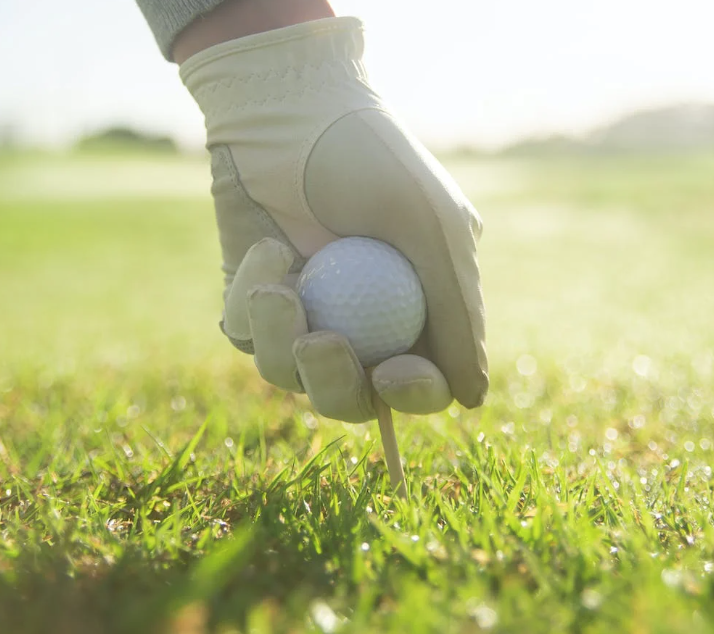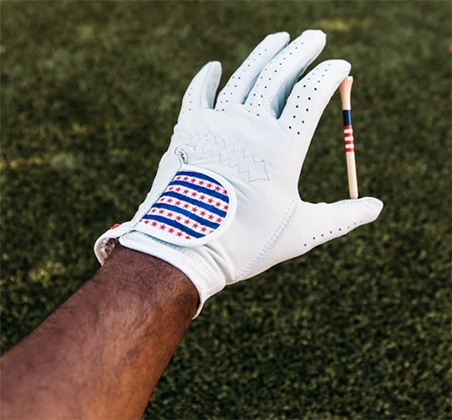Golf gloves are a common accessory for golfers, serving as a barrier between their hands and the club handle. Golf gloves provide comfort and grip, which helps golfers to maintain control while swinging as well as prevent blisters from forming on the hands.

Blisters are a common issue for golfers, especially for beginners or those who play frequently. They are caused by the friction between the hands and the club handle and can be painful and uncomfortable.
This article aims to explore the effectiveness of golf gloves in preventing blisters and provide information on other alternatives to protect the hands during a game of golf.
How Golf Gloves Work
What Material is Used in Golf Gloves
Golf gloves are typically made from leather, synthetic materials, or a combination of both. The material used affects the durability, breathability, and grip of the gloves.
Design of Golf Gloves
Golf gloves are designed with specific features such as adjustable cuffs, padded palms, and ventilation holes to improve comfort and enhance airflow.
By reducing the friction between the hands and the club handle, golf gloves can help to prevent blisters from forming. The material and design of the gloves help to absorb and distribute the pressure evenly across the hands, reducing the risk of blisters.
Factors That Can Affect Blister Prevention
Proper Fit of the Gloves
The fit of the gloves is critical to their effectiveness in preventing blisters. If the gloves are too loose, they can slide around, causing friction and increasing the risk of blisters. On the other hand, gloves that are too tight can restrict blood flow, leading to discomfort and increased risk of blisters.
Material Quality and Thickness
The quality and thickness of the material used in the gloves can impact their ability to prevent blisters. Gloves made from higher-quality materials are typically more durable and provide better protection against blisters.
Moisture Management
Moisture can increase the risk of blisters by increasing friction between the hands and the club handle. Golf gloves with good moisture management features, such as ventilation holes or moisture-wicking materials, can help to reduce the risk of blisters.
Types of Golf Gloves

Full-Fingered Gloves
Full-fingered gloves provide full coverage of the hands and are ideal for golfers who play in cooler weather or who have sensitive skin.
Half-Fingered Gloves
While they are less common, Half-fingered golf gloves, also known as fingerless gloves, provide more breathability and are ideal for golfers who play in warm weather or who prefer more freedom of movement.
The type of gloves a golfer chooses will depend on personal preference, playing conditions, and the need to prevent blisters.
Maintenance and Care of Golf Gloves
To ensure the gloves last longer and continue to provide effective blister protection, it is important to clean them regularly.
Storing the gloves properly will also help to extend their lifespan and maintain their effectiveness in preventing blisters.
Replacing the gloves when they become worn or damaged is important to ensure they continue to provide effective blister protection.
Alternatives to Golf Gloves
If a golfer is looking for alternatives to golf gloves, there are other options such as grip tape and specialized towels.
Grip tape is an adhesive material that can be applied directly to the club handle or on parts of your hand that are susceptible to blisters. This provides additional padding on your hands to help reduce friction between the skin and the club.
Conclusion
Golf gloves are effective in preventing blisters, but there are other alternatives such as grip tape and specialized anti-blister towels. Proper fit, quality of material, moisture management, and proper care and maintenance are all important factors in choosing the right gloves for your needs. With the right gloves and proper care, blisters can be prevented and a golfer’s game can improve.







